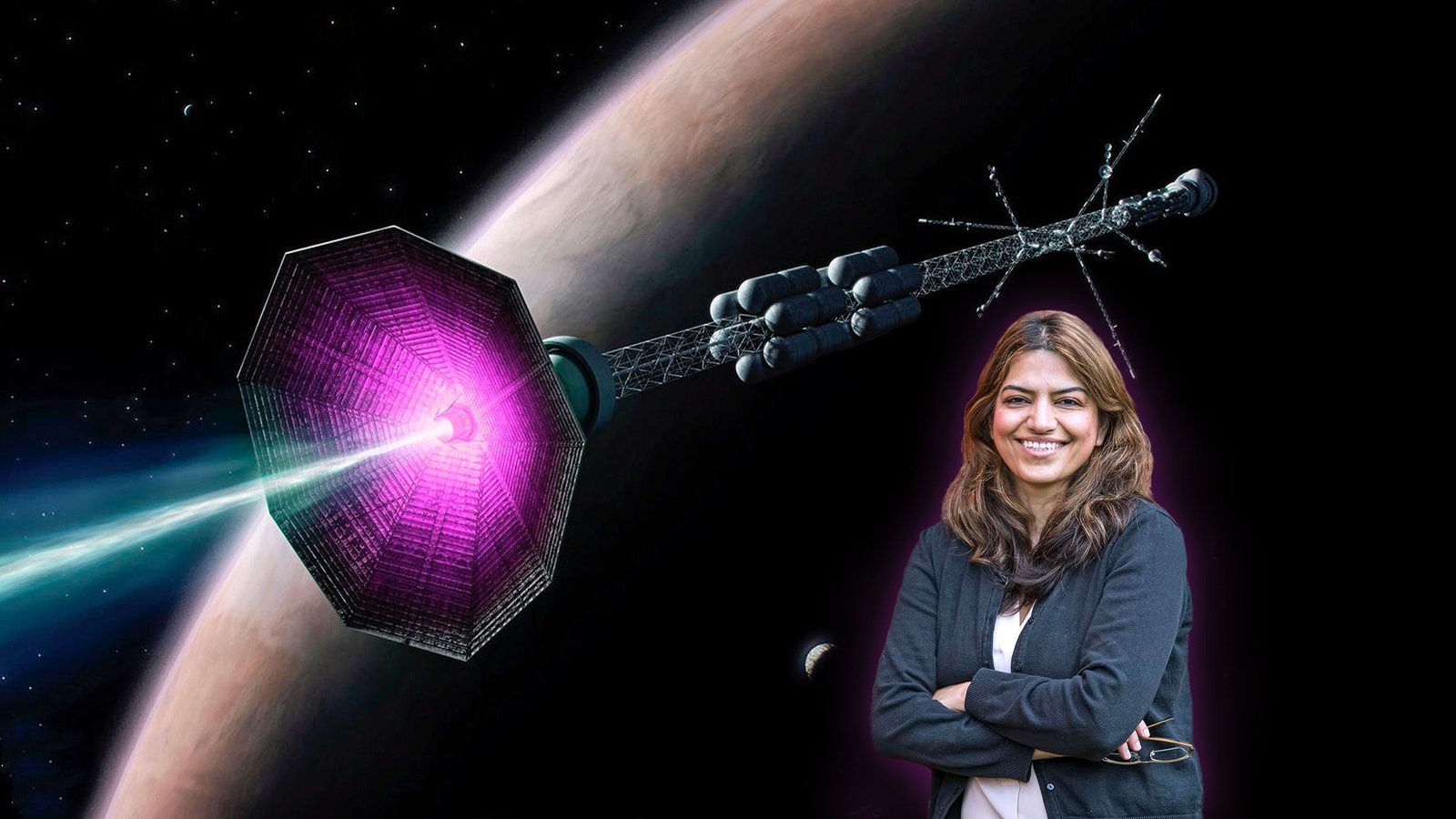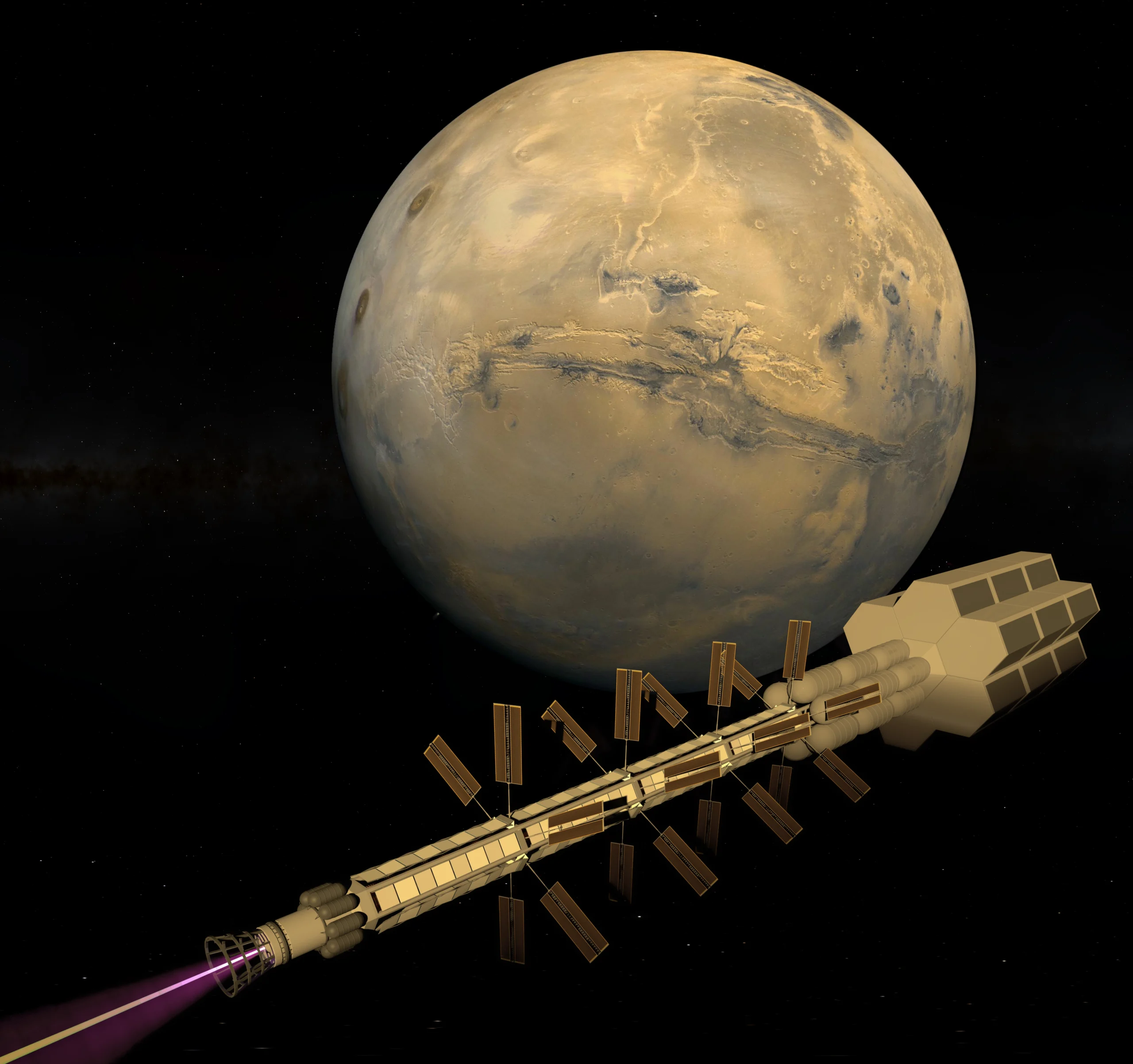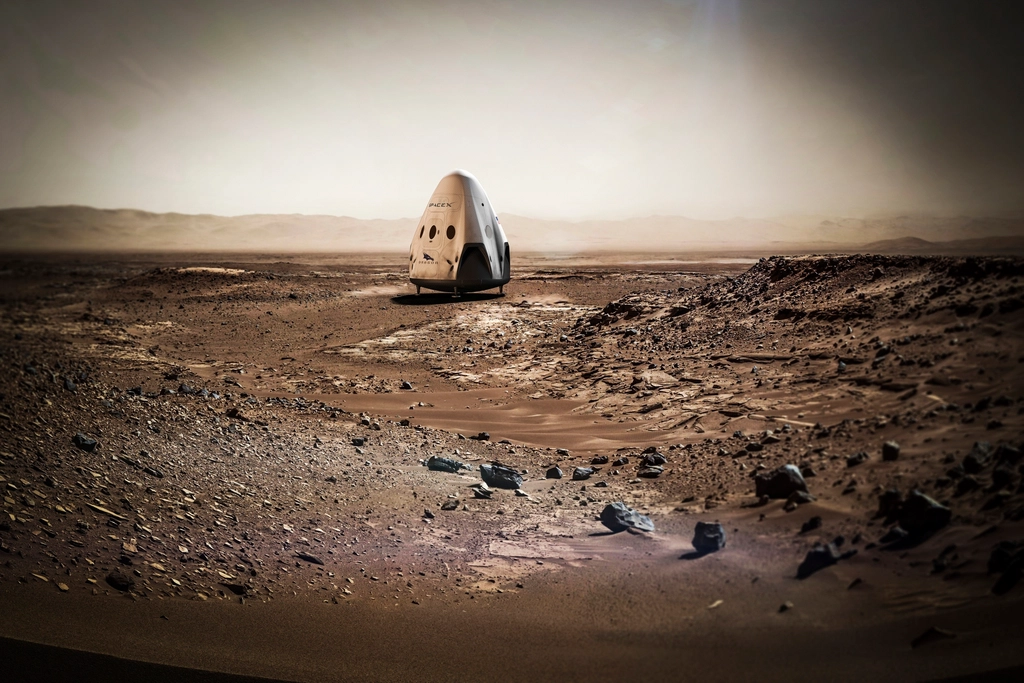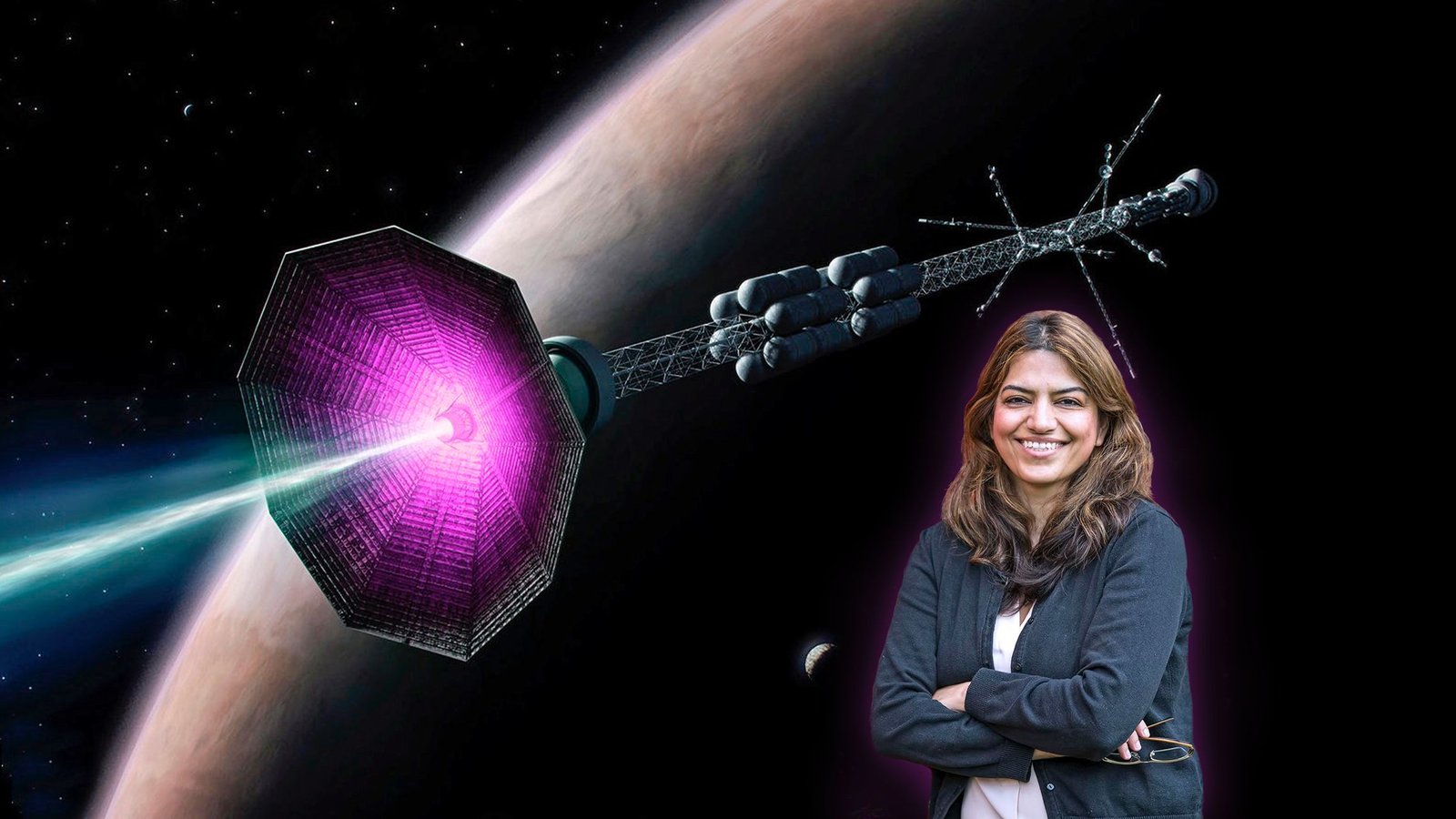A Bold New Dream: Mars in Just One Month?
Imagine waking up one morning to the news that a journey to Mars could soon take just 30 days. For decades, the thought of traveling to the Red Planet has felt like a slow, distant dream, with astronauts bracing for six to nine months of isolation and danger. Now, Russia’s breakthrough in plasma engine technology threatens to shatter those old limits. The idea is nothing short of electrifying—what once seemed impossible is suddenly within our grasp, promising an age of space exploration that feels more like science fiction than sober reality. It’s the kind of news that makes you sit up straight, heart pounding, and wonder if we’re standing on the edge of a genuine space revolution.
What Is Plasma Propulsion, Really?

Plasma propulsion isn’t just a fancy buzzword. It marks a real leap forward for how humans might cross the vast distances of space. Instead of burning chemical fuel and blasting out hot gases, plasma engines work by taking a gas—think something as simple as argon or xenon—and supercharging it until it becomes plasma, a hot soup of charged particles. Magnets and electric fields then hurl this plasma out of the engine at incredible speeds, much faster than any chemical rocket could manage. It’s a bit like swapping out a steam locomotive for a bullet train. This means more speed, better fuel efficiency, and a whole new world of possibilities for getting to Mars and beyond.
Why Mars Travel Takes So Long—And How Plasma Changes Everything

Right now, traveling to Mars is a slow and risky marathon. The planets only line up for a “shortest path” every couple of years, and even then, you’re stuck in a spacecraft for months. That’s not just uncomfortable—it’s dangerous, exposing astronauts to cosmic rays, bone loss, and psychological strain. Russia’s plasma engine changes the game by making it possible to reach Mars in just 30 days. This isn’t just a small improvement; it’s like trading in a rowboat for a powerboat when you need to cross the ocean. The calendar flips from months to weeks, and suddenly, the dream of regular Mars missions looks much more real.
The Science Behind Plasma Engines

At the heart of the plasma engine is a deceptively simple idea: heat up a gas until it turns into plasma, then use electromagnetic fields to push it out the back of the engine. The beauty of this system is in its speed. The ions in plasma can be fired out at speeds that chemical rockets can only dream of. And because the engine uses electricity—often generated from solar panels or even a nuclear power source—it can keep firing as long as it has power. This means a ship can keep accelerating for much of the journey, instead of coasting as chemical rockets do. If you’ve ever wished your car could speed up all the way to your destination, this is the space equivalent.
Why Cutting Travel Time Matters So Much
Shortening the trip to Mars isn’t just about getting there faster. Every extra day in space means more radiation, more muscle loss, and more chances for something to go wrong. Cosmic rays are relentless, and long stretches in microgravity can do a number on human bodies. By slashing the journey to just 30 days, plasma engines could make space travel a whole lot safer. Astronauts would spend less time in cramped quarters, which could help with mental health and morale. And with faster trips, missions could become more routine and less risky, opening the door for more frequent exploration.
Russia’s Bold Space Legacy

Russia’s name is practically woven into the story of space exploration. From launching Sputnik, the world’s first satellite, to sending Yuri Gagarin into orbit, Russian scientists have never been afraid to aim high. The plasma engine is the latest chapter in this adventurous history. By pouring resources and brainpower into advanced propulsion, Russia is determined to keep its edge in the new space race. It’s a statement to the world: “We’re not just keeping up—we’re leading.” And if this engine delivers on its promise, Russia could be the first to land cosmonauts on Mars, rewriting the future of space travel.
Challenges and Roadblocks for Plasma Engines

Of course, no new technology arrives without its headaches. Plasma engines need a steady, powerful energy source to run, which isn’t easy to provide deep in space. Engineers also have to make sure these engines can survive the brutal conditions outside Earth’s protective atmosphere—extreme cold, searing heat, and a steady blast of radiation. There are also tricky questions about how to safely manage the ionized gases and handle the wear and tear on engine parts. Overcoming these hurdles will require clever engineering and lots of testing before anyone bets a Mars mission on plasma power.
How Plasma Engines Change the Future of Mars Missions
If plasma engines live up to their hype, Mars missions could transform from one-off stunts to regular expeditions. Shorter travel times make planning easier and reduce costs. It suddenly becomes practical to send more supplies, more science gear, and even more people. Colonization, which once seemed like a wild dream, starts to look like a real possibility. The faster turnaround could even encourage partnerships between countries for shared missions, something that’s hard when you only get a launch window every couple of years. Plasma engines could be the key that unlocks Mars for good.
The Power of Working Together: International Collaboration

As the race to Mars gathers speed, it’s clear that no one country can do it all alone. Plasma propulsion is just one piece of the puzzle—there’s life support, landing technology, habitats, and more to figure out. The best results often come when countries put aside rivalries and pool their best ideas. Joint missions could share the risk, split the cost, and combine the strengths of different teams. The world saw something like this with the International Space Station, and Mars could be the next big chapter in global teamwork. Plasma engines might be the spark that brings everyone together.
What Will the Next Generation Witness?

The prospect of reaching Mars in just 30 days is more than just a technical milestone—it’s a cultural leap. Kids in school today might grow up knowing that a trip to Mars isn’t a far-off fantasy, but a real-life adventure they could witness or even join. The excitement, the tension, the sense of possibility—it all feels like the early days of aviation, when crossing the Atlantic went from a crazy idea to a weekend trip. The world is holding its breath, waiting to see if Russia’s plasma engine will finally put Mars within our reach.


